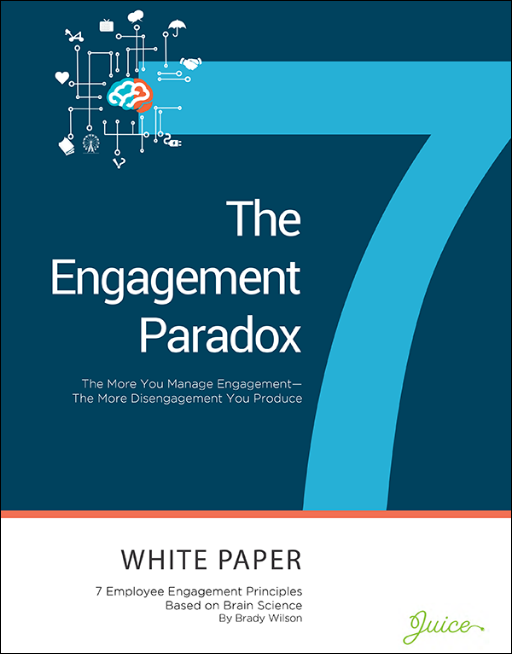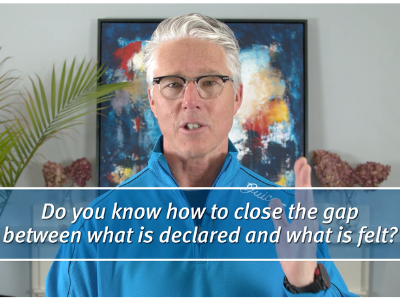
The Transformative Power of Emotional Engagement at Work
Unleashing Employee Engagement through Emotional Connection
In the pursuit of employee engagement, leaders often rely on logical arguments and rational persuasion to inspire change and drive performance. Despite presenting brilliant cases for change, they often find themselves facing minimal adoption and lingering resistance. Discover how you can tap into the power of emotions to create a workforce that willingly embraces change and exceeds expectations.
Do you know how to close the gap between what is declared and what is felt?
Did you know that emotional engagement releases 4x the discretionary effort vs. rational engagement? Watch as Brady Wilson dives into these two types of engagement, and learn how emotional engagement in the feelings economy can drive meaningful change and transform employee engagement.

The Engagement Paradox
This white paper offers a new path forward – one that blends the energy employees want with the customer experience and business results leaders need.
Rational vs. Emotional Engagement: What’s the Difference?
Have you ever experienced a situation as a leader where you presented a compelling and logical case for change, hoping to engage your team, only to find that months later, there was minimal adoption and resistance still prevailed?
What’s going on there? There are two types of engagement that release discretionary effort, which is people’s willingness to go above and beyond the call of duty.
There’s rational engagement and emotional engagement. Research by the Corporate Leadership Council discovered that one of those types of engagement releases four times the discretionary effort than the other. Which do you suppose it is?
- Rational Engagement: People are rationally engaged when they are clear on the objectives their manager has and the expectations they have of each other. Does this unlock four times the discretionary effort?
- Emotional Engagement: People are emotionally engaged when they feel proud of their work, their leaders listen to them in a way that makes them feel seen and valued, and they are treated fairly. Emotional engagement helps fulfill our 5 Driving Needs.
The Power of Emotional Engagement
So which of these releases four times the discretionary effort? Emotional engagement does. Welcome to the feelings economy, where what’s felt unlocks people’s willingness to step into change and go above and beyond the call of duty.
There’s a big difference between declared support and felt support. Declaring your assurances that everything’s going to be alright is different than people actually feeling assured.
Do you know how to close the gap between what is declared and what is felt?
If you want more on this, check out our white paper, The Engagement Paradox which goes into how we can transform engagement and get the very best from our team.
Your content is only one click away.
Thanks for your interest in our content. We hope you find value in the time you invest with it. Click the button below and get immediate access to this truly valuable content.
Complete the form below and get instant access to this game-changing content.
Rest assured, we take your privacy seriously and will never sell, trade, or share your information with a third party.




